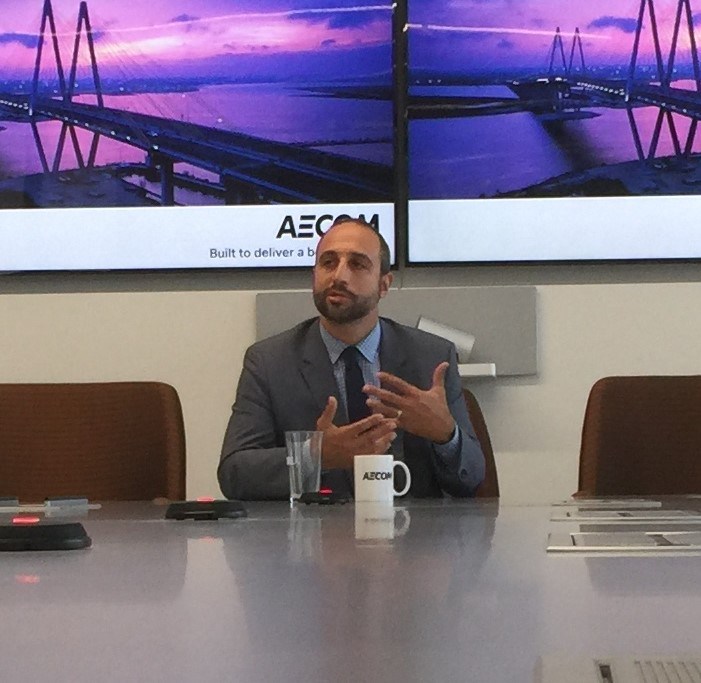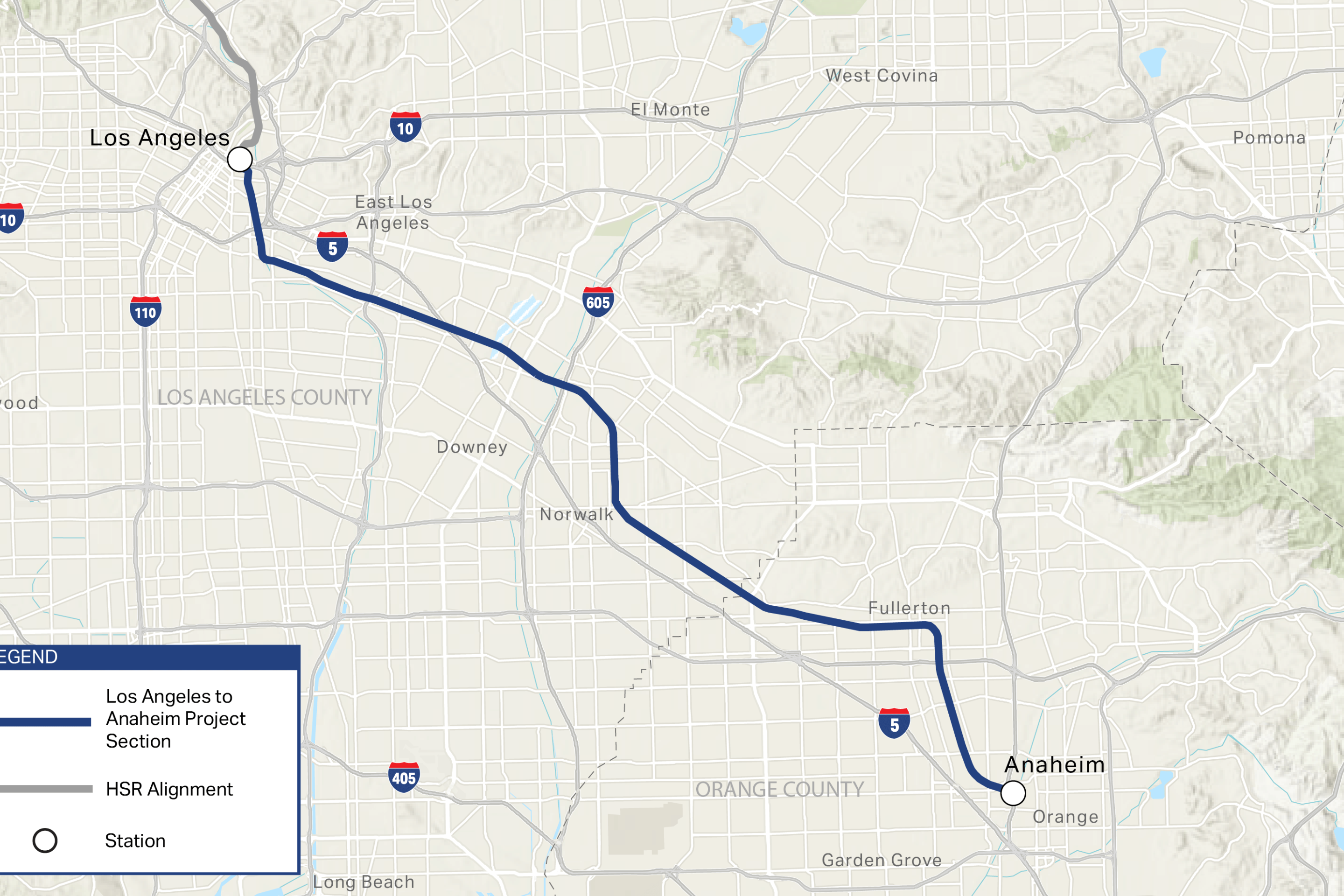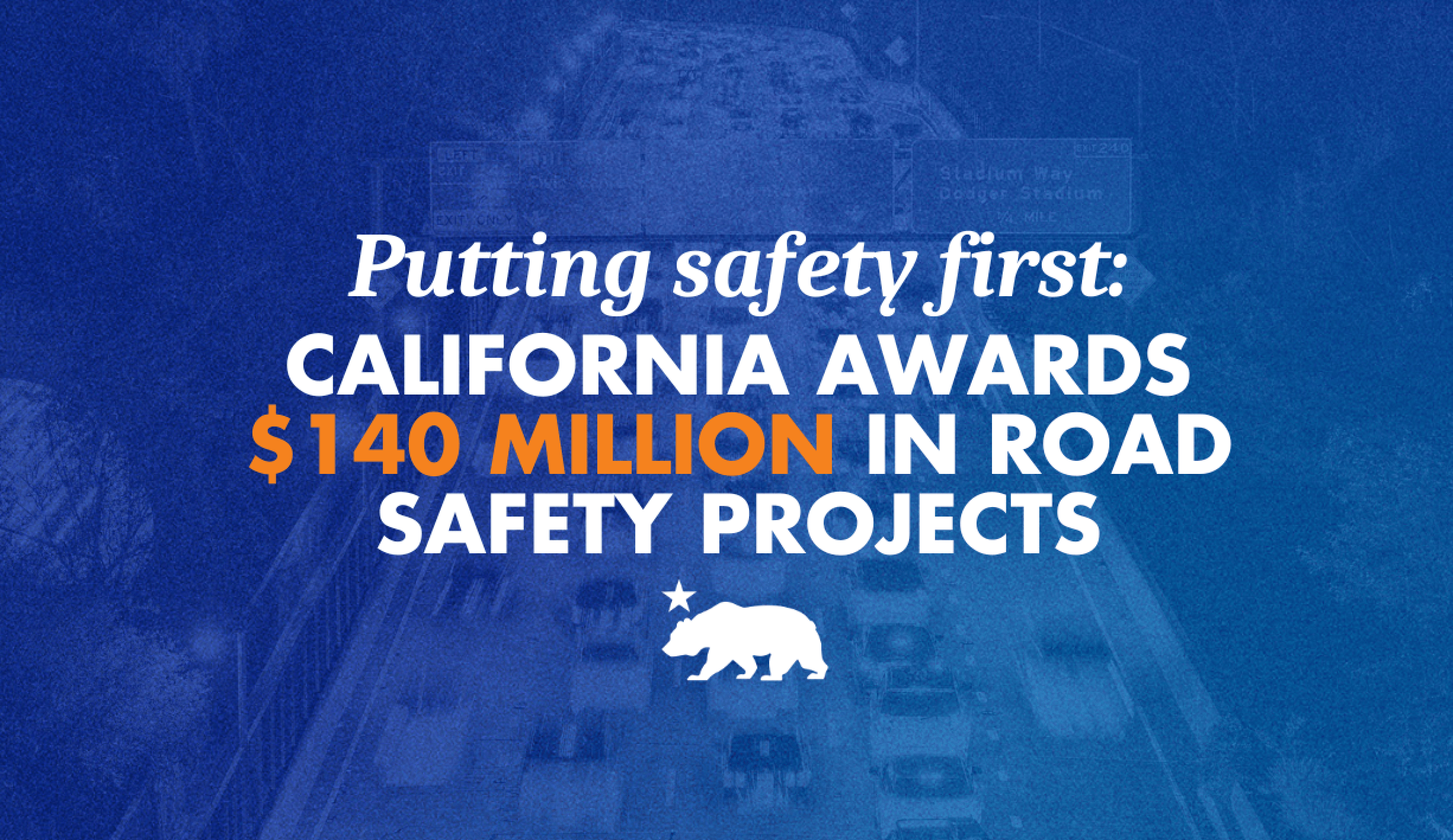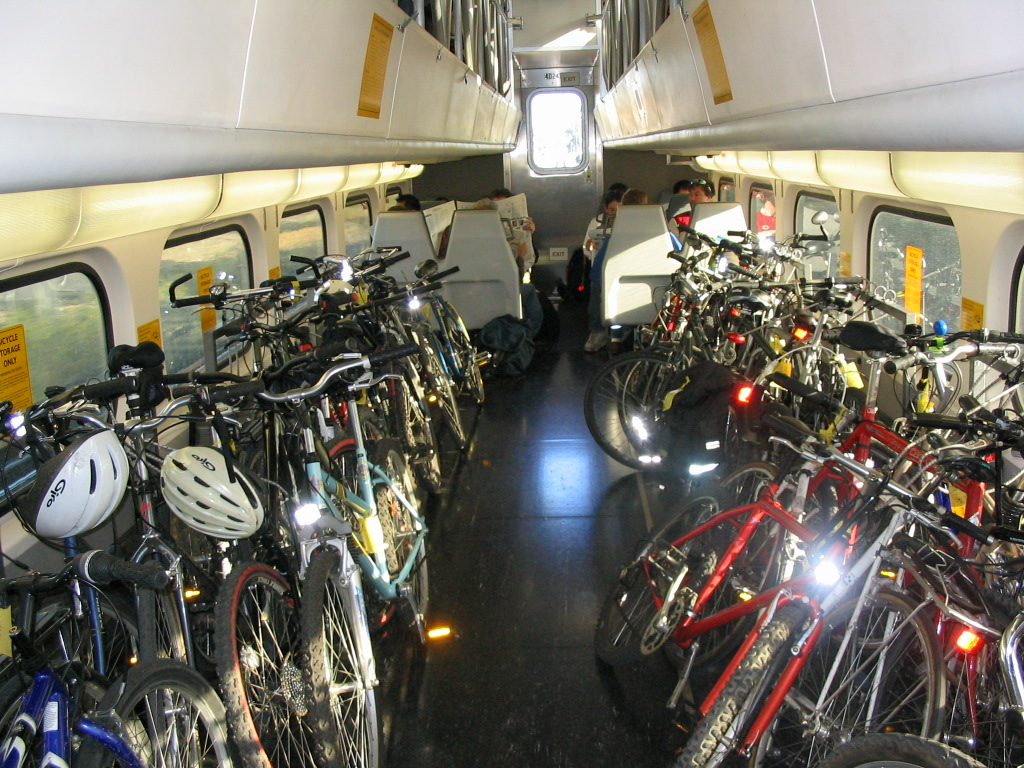Streetsblog had the pleasure of sitting in on last week's American Institute of Architects Los Angeles breakfast talk with Metro's Chief Innovation Officer Dr. Joshua L. Schank.
Schank heads up Metro's Office of Extraordinary Innovation. Among the OEI's primary functions is facilitating public-private partnerships. Schank sees P3s as one way to accelerate projects, building them in ways that Metro had not considered, and without restraints that sometime hamper Metro flexibility and productivity, especially with regards to emerging technology. Schank suggested the P3 agreements are more likely where they can shift cost risks to the private sector, citing public construction cost overruns on the 405 Freeway widening and the Regional Connector subway. Schank asserted that P3s are unlikely for freeway express lane projects, where there is a high demand for lanes, hence little risk for the public sector.
In addition to P3s, the OEI is responsible for Metro's unsolicited proposals program, for strategic planning, and serves as an internal consultant to encourage innovation within the agency. Schank reported that OEI has received 81 unsolicited proposals, including about a dozen for large-scale infrastructure projects: the Sepulveda Pass transit-highway project, West Santa Ana Branch rail, Westside Purple Line, Orange Line conversion to rail, a managed toll-lane network, and more. Schank expects a public announcement on a major P3 infrastructure proposal in the next month or two.
While Schank did not reveal anything earth-shattering, he alluded to several innovative projects coming soon from Metro, many of which have emerged from unsolicited proposals:
- The OEI is taking the lead on a new Metro strategic plan, expected to be made public in November. The strategic plan is a 10-year plan, compared to 30-year time horizon in Metro's Long Range Transportation Plan (LRTP). Schank mentioned that the strategic plan is somewhat based on the Singapore Land Transport Authority's strategic plan. Schank emphasized that with various Metro services--from bus to train to bike-share to express lanes--the metrics in the plan are not necessarily about the growth of transit ridership, but instead to reduce the percentage of people commuting in single-occupancy vehicles.
- Announced by Metro CEO Phil Washington in a July KPCC interview, one "exciting project" that OEI is leading is the agency's "Microtransit Pilot (MTP)." Schank calls the pilot "the biggest microtransit of its kind" featuring public agency vehicles operating similar to a ride-hail company, with real-time information on pick-up and drop-offs, an option for mobile payment, and nearby “virtual MicroTransit stops” within service zones. The project will be developed in two phases: initial “Planning and Design” followed by “Implementation and Evaluation.” Schank looked forward to evaluating whether the MTP can be financially sustainable, stating that it may not need to operate at a profit, but would need to compare favorably to existing subsidies for transit service.
- Metro is improving Orange Line operations by giving drivers better information on driving speeds to make traffic signals.
- Metro will be implementing new TAP-enabled bike lockers at rail stations.
- Metro will be using drones to inspect the conditions of rail tracks and catenary wires, similar to a practice already happening in Denver.
- Metro will be trialing station vending machines with battery pack phone chargers.
- Metro will be partnering with Lyft to provide more comprehensive services to/from three Metro stations.
- Schank notes that among the projects that the agency has not received proposals for: autonomous vehicles and hyperloop.






